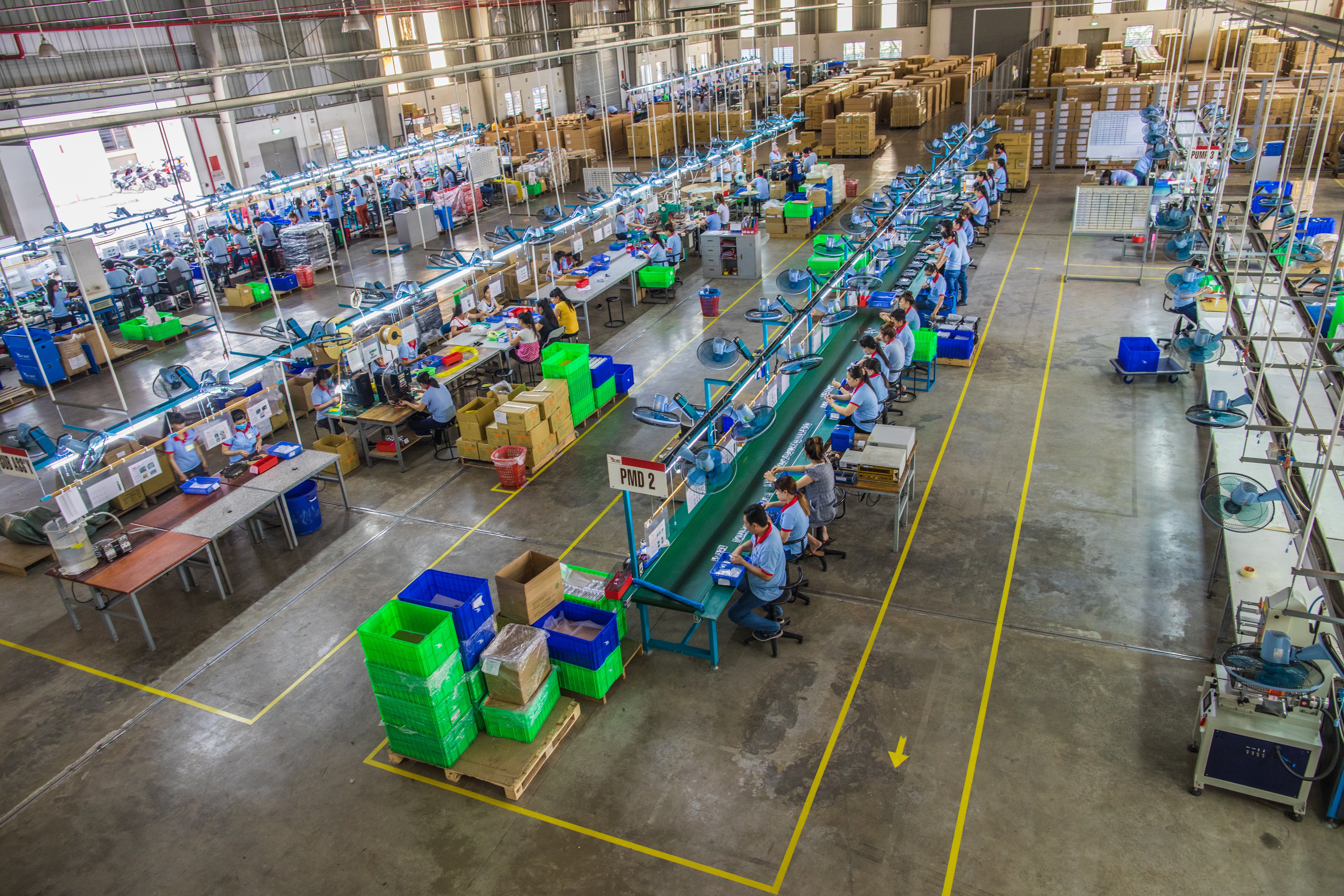When we meet new customers who are considering switching to a new global contract manufacturing services company, the reason they are looking typically falls into one of four buckets. It used to be just three, but the world continues to change, and good contract manufacturers change with it. Of course, there are more than four reasons. These are the most frequent underlying motives we hear from new customers why they are considering switching to new manufacturers:

1. Lower Your Cost!
No surprise here. Good commodity managers and their buying teams are making sure they are paying a fair price. Maybe your competition is dropping their price and in your industry the amount charged is the key driver, so you are forced to find ways to keep your costs in line. Costs are up and your new boss wants you to keep costs down. Maybe you have an incentive to drive costs down. Perhaps during the long relationship with your current supplier, the cost has slowly crept up and you are on the verge of becoming too expensive in the market.No matter how good the reason is to justify the expense, you simply must find concessions within your current supply chain. How do you do it? You start with the most expensive, or most vulnerable spend category and work your way toward the lowest.
2. Poor Quality
No matter how cheap or expensive your category is, as soon as you see a pattern of bad quality issues, you must take action. We’re not talking about the occasional part being out of spec, or even several of the same quality issues on an occasional shipment. Let’s be honest – mistakes happen, and bad parts get passed through inspection.You are starting to see your products failing in the field a little bit more, or returns are on the rise This incremental creep in poor quality is going to have a long-term effect on the health of your company if your brand is tarnished along the way. Maybe you are noticing the failure rate has increased over the last year and your CM doesn’t seem to be fixing the problem no matter how many times you call to get things right. It’s one thing to get lip-service and promise of better quality. It’s another if it’s not happening.
You simply cannot afford a quality issue, and the time to act is now if your contract manufacturer is not taking action to resolve the continued quality issues.
3. Sub-Par Service
Like many relationships, they always start with stellar service. In the dating world you open the door, use your manners, and write notes; lots of positive affirmation. Over time the niceties run the risk of becoming stale. You notice you’re not getting the attention you used to no matter the issue, like lead times, shipping delays, invoicing concerns, PO revisions or worse, quality issues that are not getting better.Sometimes suppliers’ priorities change. Maybe in the beginning you used to be a big fish in a small pond, meaning you were one of their top 5 revenue customers. Now, they’ve grown and you’re barely in the top 20. Do not linger in a relationship with a contract manufacturer whose once great customer service now has you feeling like just another face in the crowd. It’s okay to make an exit plan, qualify a second supplier and slowly move away from your current CM. Your product and your business can be adversely affected if you don’t. Better for you to walk away from your CM than they fire you. You simply cannot serve your customers if your strategic supplier is not serving you. Period.
4. Diversifying Your Supply Chain
This may be the most complicated of the reasons. It’s very easy to track increased cost and bad quality on a spreadsheet. Poor service is less tangible. Seeing the risk of your supply chain is almost impossible to measure, until it’s too late.
Supply chain disruptions are inevitable. It could be lack of raw materials, a shipping or logistics delay in delivery, a long lead component could be delayed or wasn’t ordered on time, basic supply and demand, tariffs, or even an unforeseen global pandemic.
This interruption could last a day, a week, a month, or worse, longer. Some parts aren’t as critical as others. The last thing you need to do is shut a line down or be unable to deliver finished goods to your customers or directly to the consumer (all depends upon your distribution model: e-commerce, brick and mortar, etc.).

Ways To Diversify Your Supply Chain
Inventory
You can keep some excess inventory on hand, or you can ask your contract manufacturer to keep a specific amount of inventory as safety stock. Maybe both. You may pay a small premium price for finished goods inventory (either on your books with cash tied up in your inventory or with a must-take agreement for safety stock – held on your CM’s books). It’s a small price to pay to keep your production lines up and running.
Dual sourcing
You can have more than one source, or more than one contact manufacturer making your components, sub-assemblies, or finished products. This allows you to split production and reduce your risk of being dependent upon one source to keep you in business. It also allows you to keep both suppliers price competitive (see # 1: Lower Cost).You can work with one CM that can offer multiple factories and is willing to manufacture your project across multiple geographic locations. Ideally, one local (higher cost) that’s closer and one offshore (lower cost) that’s higher volume and longer lead (delivery) times. You will have a higher total blended cost, but you’ll also have a plan B is the unimaginable happens. Another plus is you have one supplier than can manage the total inventory across their system. This reduces your time to manage two or more suppliers for the same category.
If quality issues, poor service, rising costs, or supply chain risk keep you up at night, I can promise you’re not alone. The contract manufacturing landscape is evolving.



.jpg?width=176&height=56&name=MR_associatedNetwork_logo%20(1).jpg)